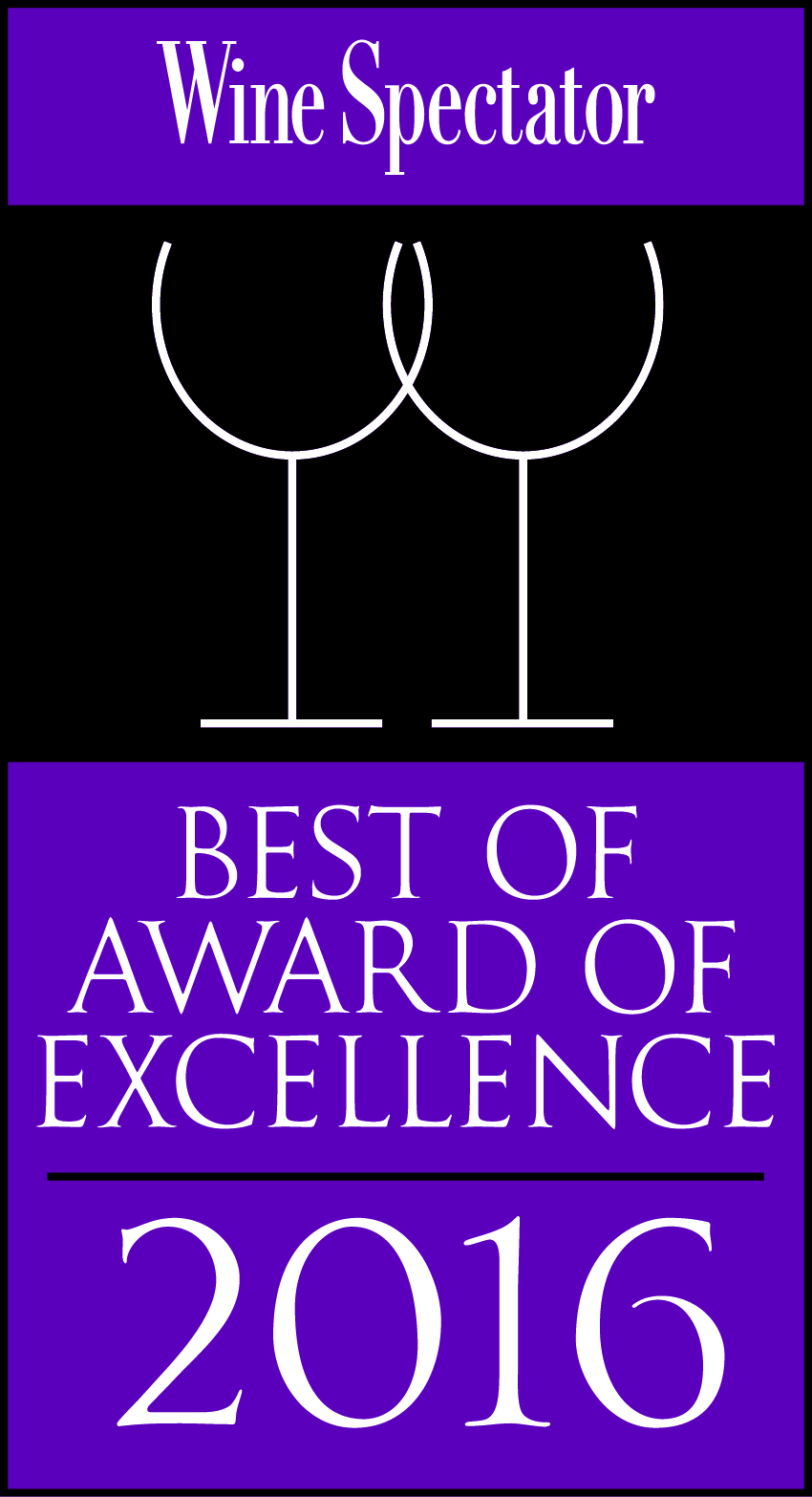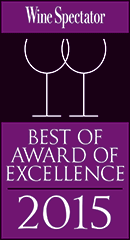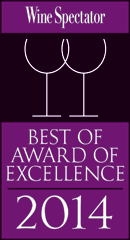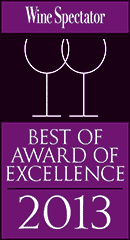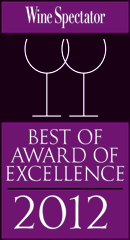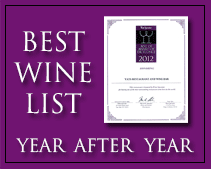Côte de Beaune: The premier cru vineyards of Pommard are contiguous with those of Beaune
Date: December 22, 2010
About Wines from Pommard, Burgundy of France
Best wine supplier in Philippines discusses wine related topics
After the broad sweep of the premier cru vineyards of Beaune, itself a large urban sprawl, we arrive at Pommard and then Volnay, two much smaller and more compact villages that lie to the southwest of the Côte de Beaune’s capital. Although like their larger neighbour neither have a grand cru vineyard to the name, I think few would argue with my assertion that here we have more superior wines.
Somewhat curiously for this section of the Côte d’Or though, both of these communes are renowned for the red wines they yield, a fact which sets them apart from their neighbours to the north and south somewhat. These other Côte de Beaune communes, particularly Meursault, the Montrachet communes and to some extent the hill of Corton in the guise of Corton-Charlemagne, have all earned reputations as sources of Burgundy’s finest white wines. Not here though; appellation regulations prohibit the planting of white varieties within the boundaries of these two communes, so part twelve of my wine guide is a purely Pinot affair.
Pommard
The premier cru vineyards of Pommard are contiguous with those of Beaune, the broad spread narrowing to create a phalanx which runs directly through the middle of the commune, broken only by the village of Pommard itself. The image below is taken from the upper part of this seam of premiers crus, on the border between Les Saussilles (3.8 hectares, Pommard) and the Clos des Mouches (21.2 hectares, Beaune), and in the distance the urban sprawl of the latter of these two towns can be seen. Both higher up and lower on the slope the premiers crus are flanked by two runs of village vineyards, in the former case running up a small valley in the slope, created by the Dheune, a small stream which runs through the commune, in the latter running down to but not beyond the RN74, the road between Beaune and Chalon-sur-Saône.
As with most of the villages of the Côte d’Or the origins of Pommard are truly ancient, there having been a settlement here at least a millennium ago. The name may well originate from that of the Roman goddess Pomona, the deity associated with fruit trees and gardens. There was, perhaps, a place of worship here. In more recent centuries more familiar ecclesiastical institutions have played their part in the evolution of the commune and the vineyard, and even the Knights of St John have owned land here, alongside other such orders and a number of local noblemen. This all ended of course with the Revolution. Two hundred years on what we have is an excellent source of red Burgundy, somewhat fuller and richer in style than the leaner Beaune to the north and the more elegant and perfumed Volnay to the south, no doubt a characteristic of the terroir. The soils are typically marl at the top of the slope, richer and less stony through most of the premiers crus and more marked by clay as you approach the road at the bottom.
Pommard: Vineyards
Although there are no grand cru sites there are certainly some excellent vineyards here, indeed in Côte d’Or (University of California Press, 1997) Clive Coates expresses the opinion that some are worthy of elevation to grand cru. In particular he singles out Les Rugiens-Bas (5.8 hectares), a site just to the south of the village with some of the richer, redder soils (hence the name) that characterise the premiers crus, and also the central part of Les Epenots (30.5 hectares). Being a large vineyard this is a name no doubt all Burgundy drinkers are familiar with, although here Coates is referring particularly to the Clos des Epeneaux (5.2 hectares), a small section – a walled clos in fact – which straddles the two better know sections of the vineyard, Grands and Petits Epenots. The clos in question is a monopole in the ownership of Comte Armand. Of course, this is not new opinion; the vineyards were considered when the appellation boundaries were drawn up in the 1930s, but without a grower to push the process forward the award of grand cru status would never be made. Although it may seem surprising to us today, failure to seek grand cru status was not unheard of; usually it was concern over restricted yields or higher taxes that discouraged growers from seeking the ranking, although I suspect some just couldn’t be bothered with the paperwork involved.
All told there are about 336 hectares cultivated in Pommard, roughly one-third premier cru and two-thirds communal, all of which is red – as stated above there is no room in this appellation for white wines. Thanks to the presence of clay and limestone throughout much of the commune the wines tend on the whole to have a more sturdy style than those from neighbouring Beaune, or indeed Volnay. Having said that, differentiating between the two in a blind tasting is no simple task.
Volnay
From Pommard to Volnay now, and here we have a very similar story. Again its origins are ancient, the original name De Volen transforming over the years to Vollenay (as it is still spelt by the Marquis d’Angerville) or even Voulenay, as Thomas Jefferson referred to it when he visited here during the 18th century. The run of premier cru vineyards continues, again with the commune vineyards both higher and lower on the slope. The village lies higher up the slope than Pommard at the top of the run of premier cru vineyards, close to the tree-lined summit that lies behind it.
Volnay: Vineyards
The band of premiers crus is a little broader in this commune compared to Pommard, and indeed there are more than 30 separate climats within. Nevertheless as is usual some have better reputations than others, and it is these that deserve most attention. The largest such vineyard is Les Santenots, which has more than 22.7 hectares; even within this vineyard there are divisions of quality, and it is Santenots du Milieu (the middle section, as the name suggests) that yields the best wines. Other sections include Santenots-Dessous and Les Plures, and the wines here are less admirable. Most curious though, is this vineyard’s location; situated at the southern end of the appellation, it is in fact in entirety located within the commune of Meursault which borders Volnay to the south. When it yields a red wine it is Volnay-Santenots, but the vineyard is also planted with Chardonnay and the white wines that result are eligible for the Meursault Santenots label.
Other noteworthy sites include the Clos des Chênes (15.4 hectares), also at the southern end of the commune but higher up the slope than Santenots. Sandwiched between the two is Les Caillerets (14.4 hectares) and En Chevret (6.4 hectares); if looking for a reliable Volnay experience, find a wine that combines one of this trio of climats with a good domaine; there will, I suspect, be no better Volnay. Taken together the premier cru vineyards cover around 136 hectares and the communal appellations 98 hectares; as mentioned above, as with Pommard there is no allowance for white wine within the appellation, the output here is 100% red.
Looking West
After these two bastions of the Côte d’Or proper we should already be looking south to the great white wine communes of Meursault, Puligny and Chassagne. But we must complete one other task first, and that is to take at least a brief look at a number of lesser communes which are also located in this section of the Côte de Beaune. Situated to the west of Volnay and the three famous white appellations mentioned above are three other communes which can provide good value to the Burgundy drinker, provided the domaine and the vintage are right.
The trio in question are located within an interruption in the run of the Côte d’Or just above the Volnay-Meursault border. The first, which sits up behind the vineyards of Volnay is Monthélie, a reasonably-sized commune with a small gathering of premier cru vineyards, mostly those closest to the border with Volnay and Meursault. Then just to the south of Monthélie, up behind the Meursault vineyard is Auxey-Duresses, again with a small handful of premiers crus. The third member of this breakaway triumvirate is St Romain, which can be reached by travelling westwards through the valley within which Monthélie and Auxey sit. Although really some distance from the Côte d’Or, and surrounded by the lesser Hautes Côtes de Beaune appellation, the commune seems to have been considered part of the Côte d’Or since gaining its own appellation in 1947. I had long considered it my first ever taste of the “golden slope” having bought and drank a bottle – when learning about Burgundy for the first time – in the early 1990s. On reflection it was, I suppose, nothing of the sort.
Source: http://www.thewinedoctor.com/regionalguides/burgundypart12.shtml
Are these articles useful for enhancing your wine and dine experience in the Philippines. Do they also help you with travel, leisure, vacation, dining out, nightlife and other leisure activities plans in Manila and other major cities of Philippines? Yats Restaurant hopes to provide you with ample information so you can plan your trips to Pampanga Angeles City Clark Freeport Zone whether you are travelling from Manila or other Asian countries such as Hong Kong, Shanghai, Singapore, Malaysia or Korea.
Restaurant reservations in Manila Philippines, planning of menu, selection of wine for dinner and booking a private function and event in Angeles City Clark Freeport Zone can all be handled. Yats Restaurant and Wine Bar has been regarded by many to be the premier restaurant north of Manila Philippines. Its 3000-line award-winning restaurant wine list has kept many wine lovers happy dining in this restaurant in Angeles City Clark Philippines for over a decade.
Yats Restaurant and Wine Bar was built by Hong Kong-based Yats International in 2000 to provide a world-class cozy fine dining restaurant, business meeting facilities and venues for private dinners and functions in Pampanga Angeles City Clark Freeport Zone. Pampanga Angeles City Clark Philippines was selected for this restaurant because of safety, clean air, absence of traffic and proximity to Manila and Subic.
For comments, inquiries and reservations, email Restaurant@Yats-International.com or call these numbers:
(045) 599-5600 0922-870-5178 0917-520-4401
Http://www.YatsRestaurant.com
Getting to this fine dining restaurant of Angeles City Clark Freeport Zone Pampanga Philippines
How to get to this fine-dining restaurant in Clark Philippines? Once you get to Clark Freeport, go straight until you hit Mimosa. After you enter Mimosa, stay on the left on Mimosa Drive, go past the Holiday Inn and Yats Restaurant (green top, independent 1-storey structure) is on your left. Just past the Yats Restaurant is the London Pub.
Good restaurants in Pampanga offer facilities for private dining and business meetings. This makes these restaurants in Clark Pampanga convenient for tourists as well as business travelers. This is one of the best restaurants in Pampanga that serve good steaks as well as excellent seafood. Yats Restaurant and wine bar is one of the reasons why Manila residents travel to Pampanga to wine and dine in the good restaurants outside Manila. The wine selection of this restaurant is already well known as one of the best in the Philippines. Many people want to train here in this famous restaurant to become a wine sommelier in the Philippines.
